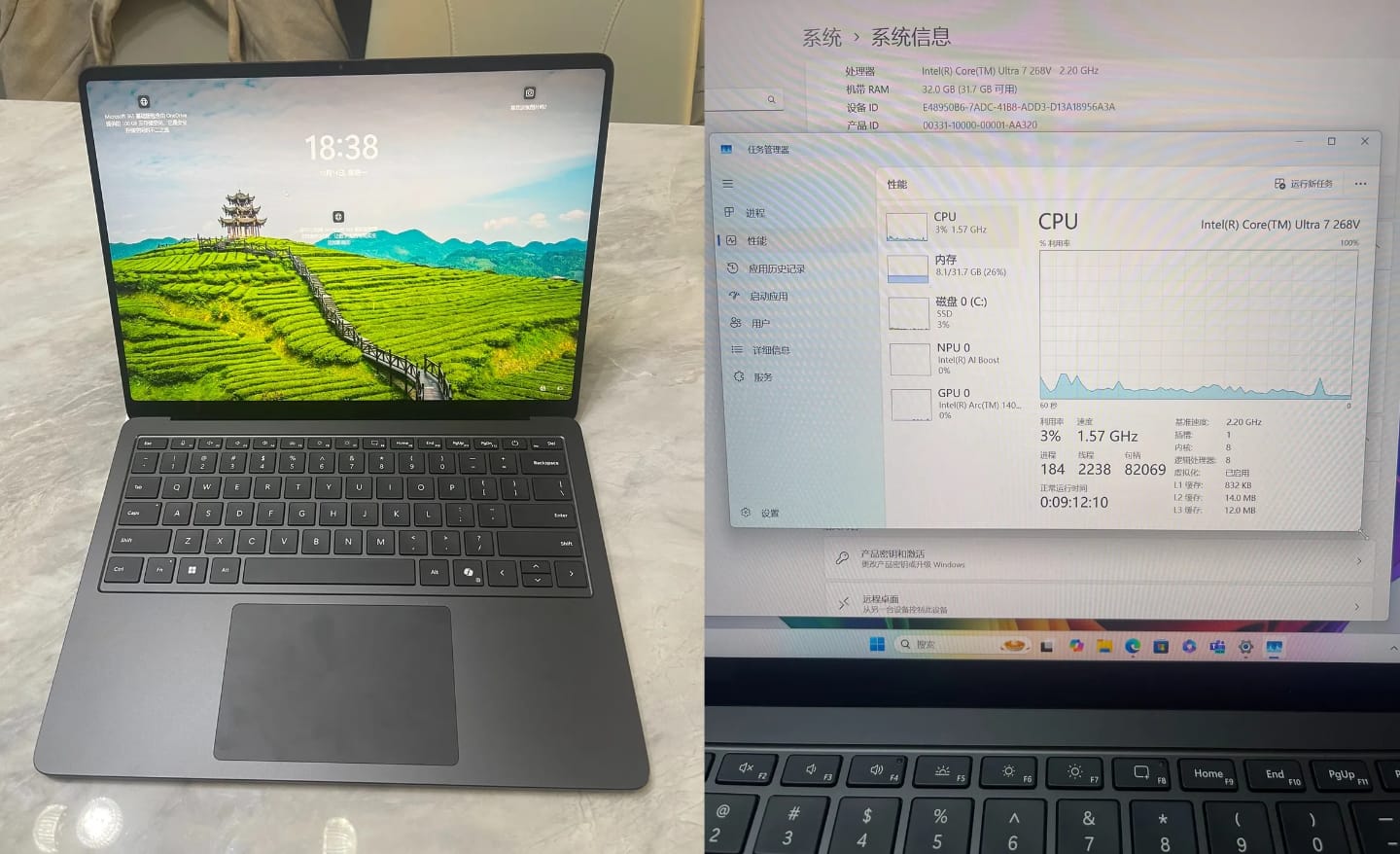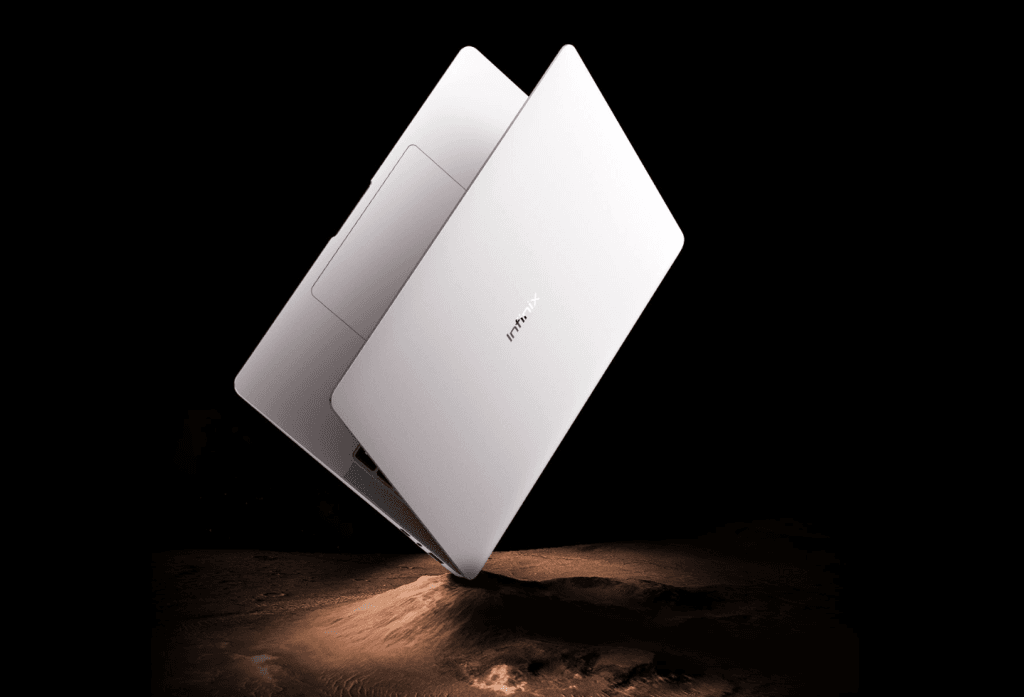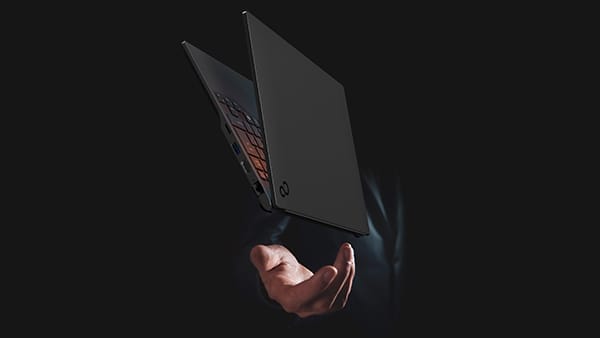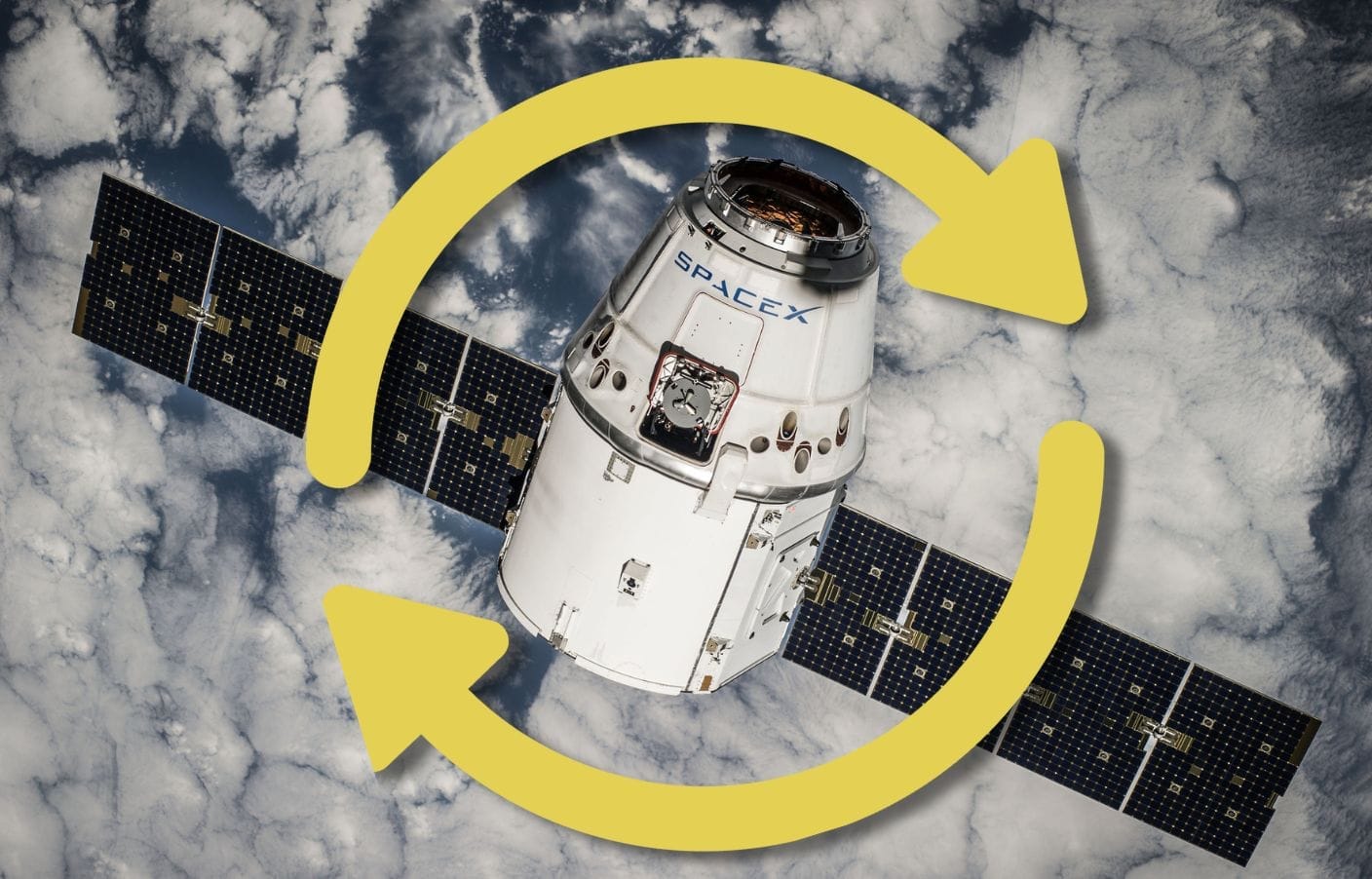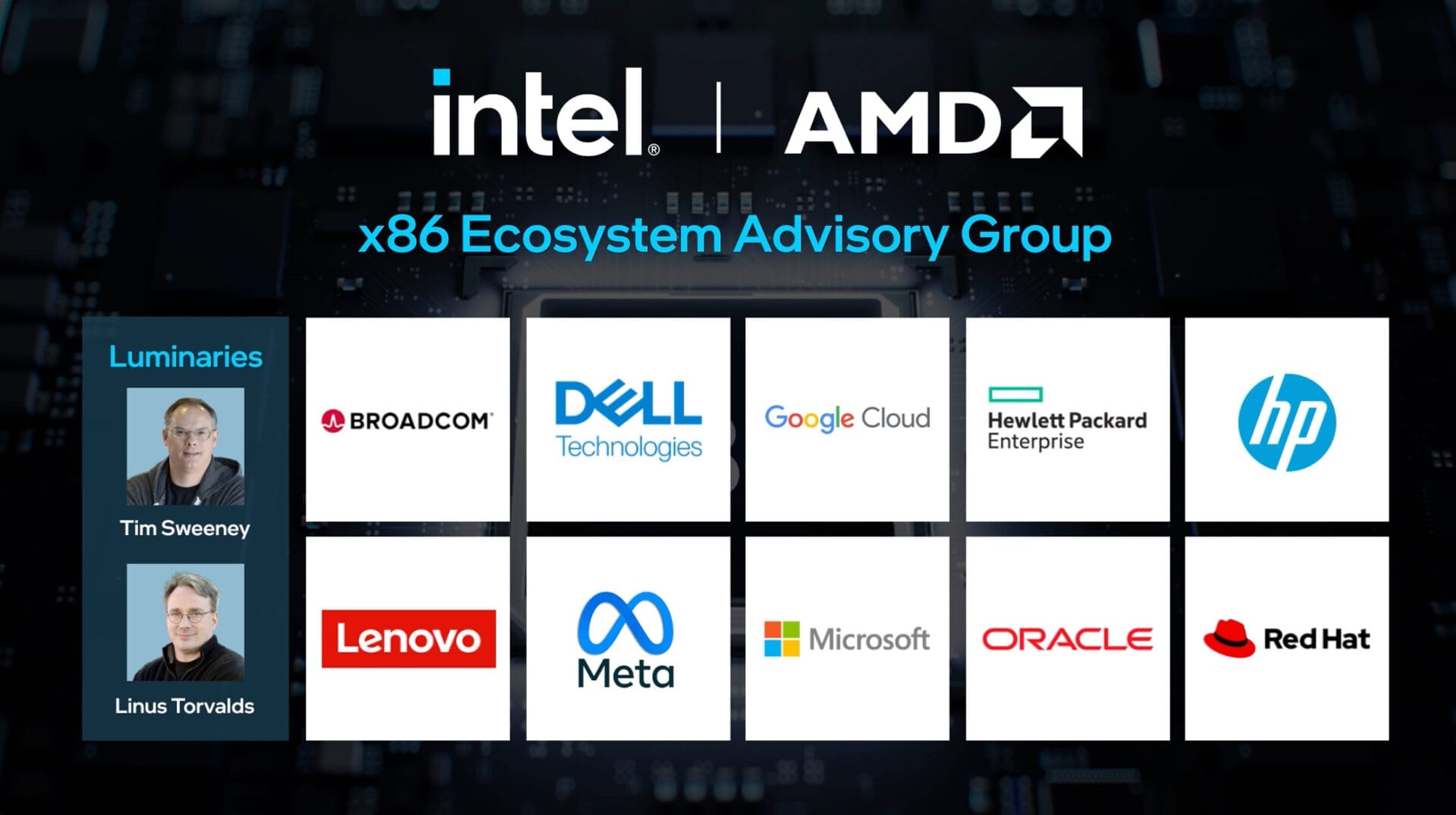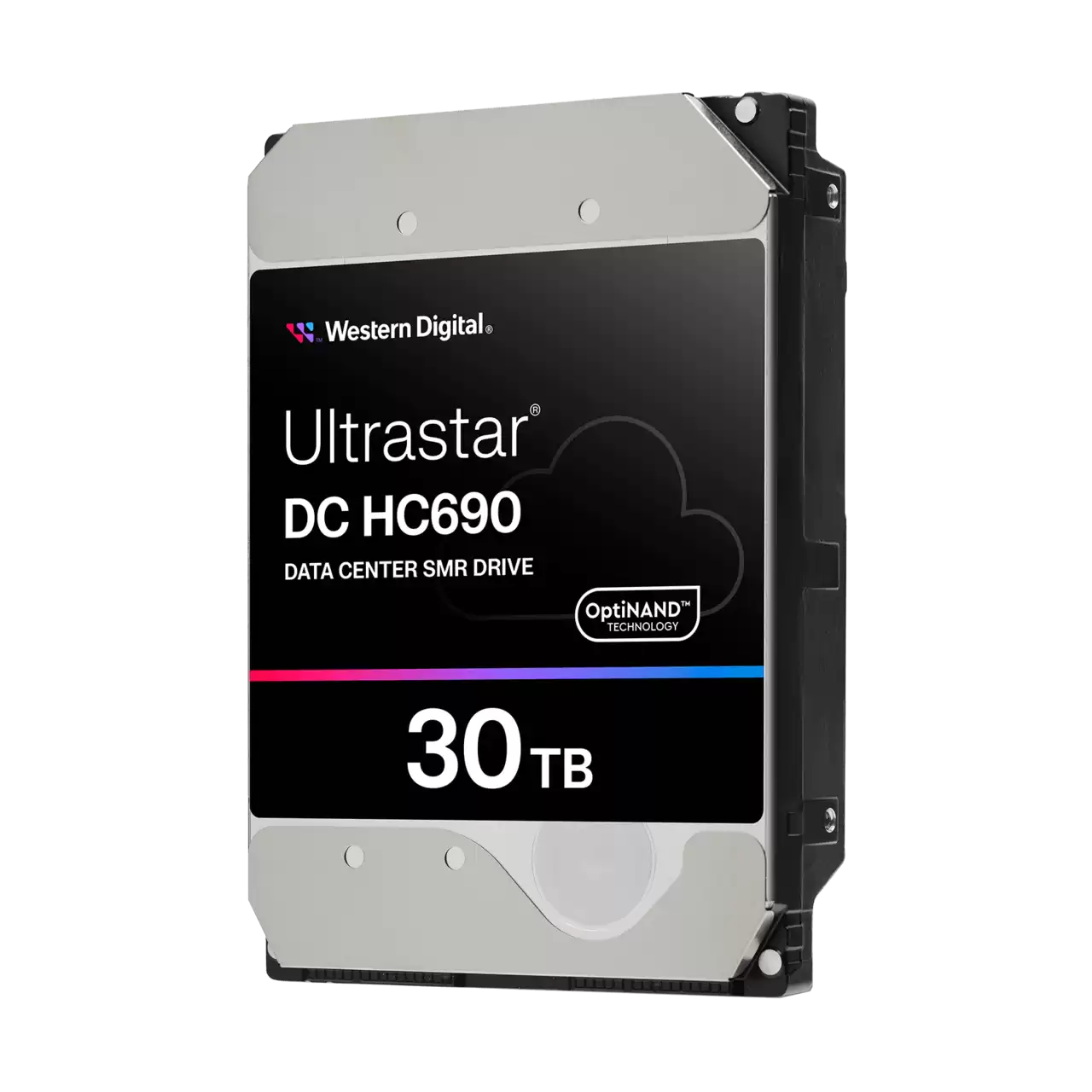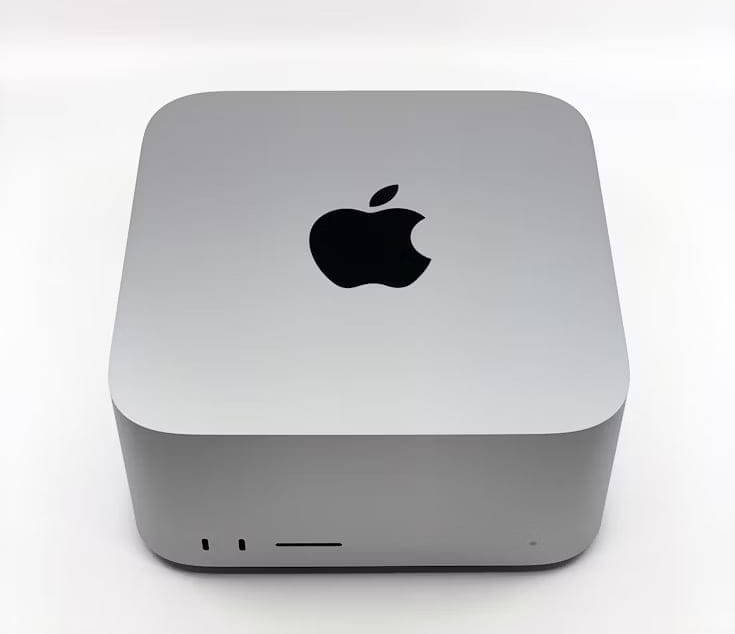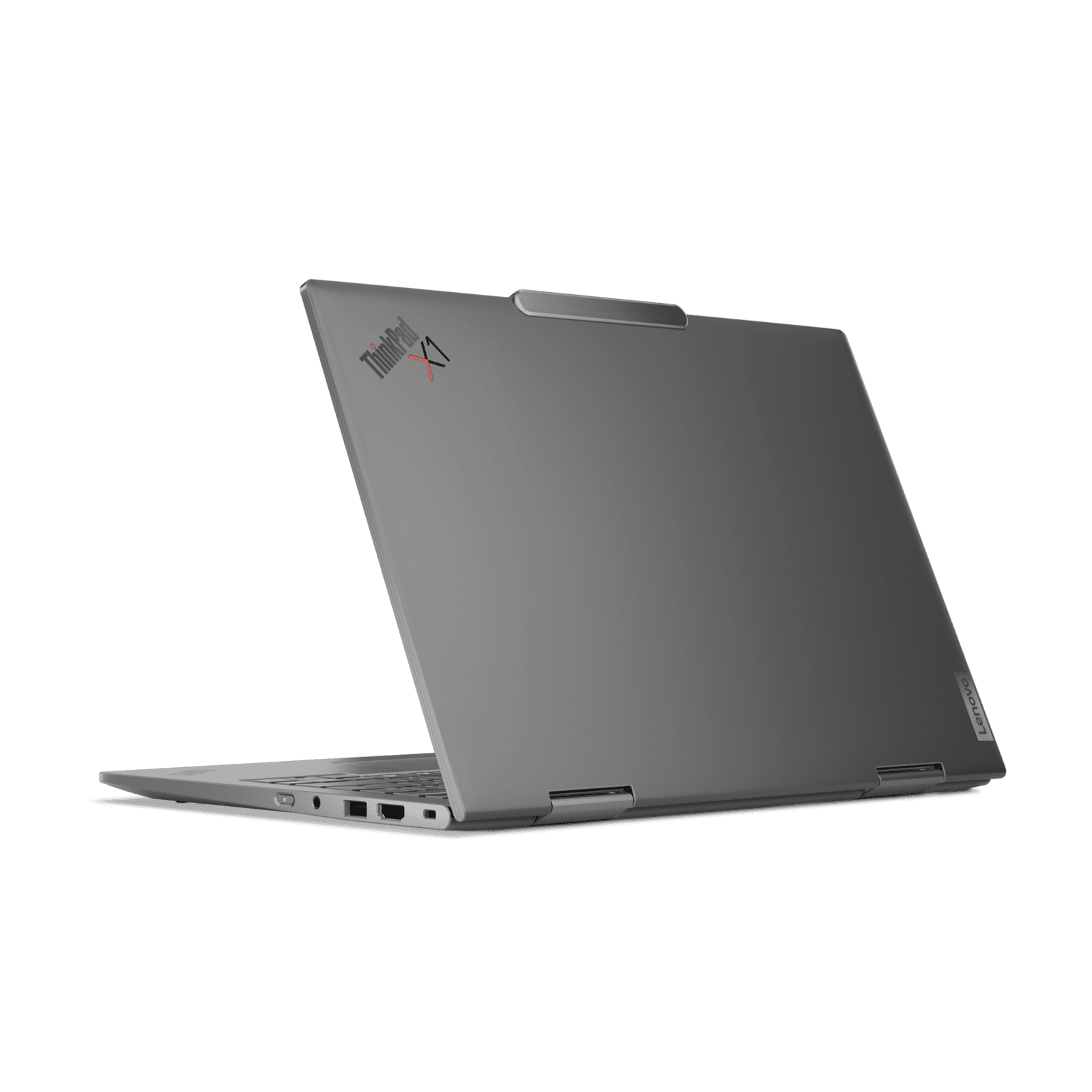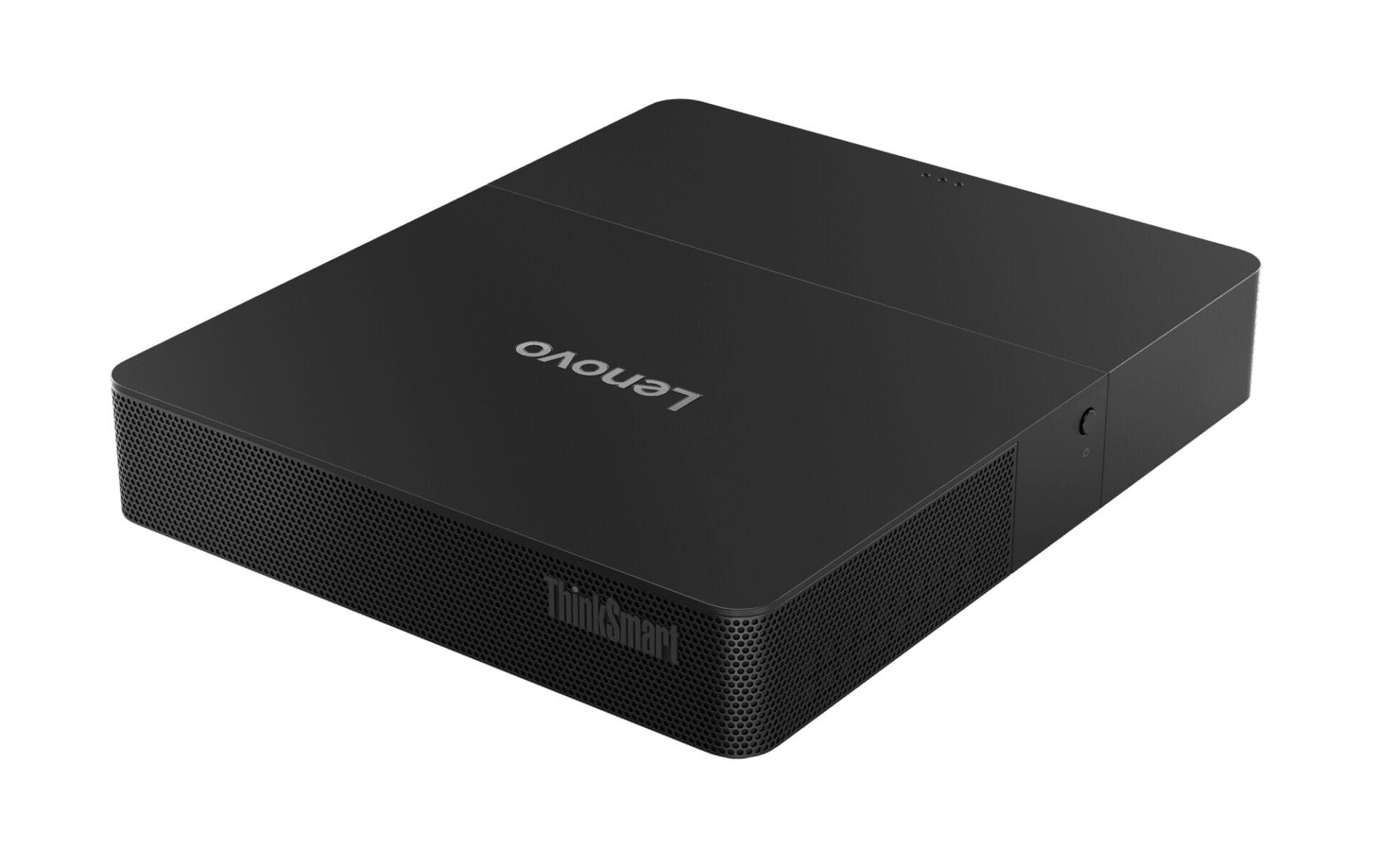Microsoft made a big move earlier this year by choosing Qualcomm’s Snapdragon X chipsets exclusively for its new consumer Surface Laptop and Surface Pro models. These releases of Snapdragon X Plus and Snapdragon X Elite also came with fresh designs for the Surface Laptop and Surface Pro line.
Older Models Remain Unchanged
In contrast, the older Surface Laptop 6 for Business and Surface Pro 10 for Business stuck with x86 processors, missing out on the redesigns of their ARM counterparts. However, a curious Reddit user has found hints that a refresh based on Intel’s Lunar Lake might be coming for at least the Surface Laptop. This information was reported by sources like Windows Central and VideoCardz and seems to come from a brief listing on the Chinese site Goofish, where the device was available for a short time.
Potential for a New Release
We can’t completely dismiss the possibility that this might be an elaborate hoax. Still, this leak does remind us of a similar one from a few years back that was related to what became the Surface Pro 7 Plus. Moreover, the engraving saying ‘PROTOTYPE – NOT FOR SALE’ on the bottom of the device adds some credibility to the images shown below.
Details on the Surface Laptop 8
Regardless, the rumored Surface Laptop 8 appears to have the same design introduced earlier this year with the Surface Laptop 7 (currently priced at $943.95 on Amazon). The Snapdragon X platform has been replaced with Intel’s Lunar Lake architecture, which includes 32 GB of RAM as seen below. Our latest analysis of Intel’s Lunar Lake showed that the Core Ultra 7 268V sacrifices some multi-core CPU performance for better power efficiency and a significantly faster integrated GPU.
In fact, even demanding games like Cyberpunk 2077 can run at 1080p, which is much better than what the Snapdragon X Elite can handle. The Lunar Lake-based Surface Laptop is anticipated to launch in 2025, but the exact timing is still uncertain. While CES 2025 in January seems like a likely time for the launch, Microsoft might choose to wait until spring, as it has done in the past.
Sources: Goofish via u/Akaza_Dorian, Windows Central & VideoCardz.



